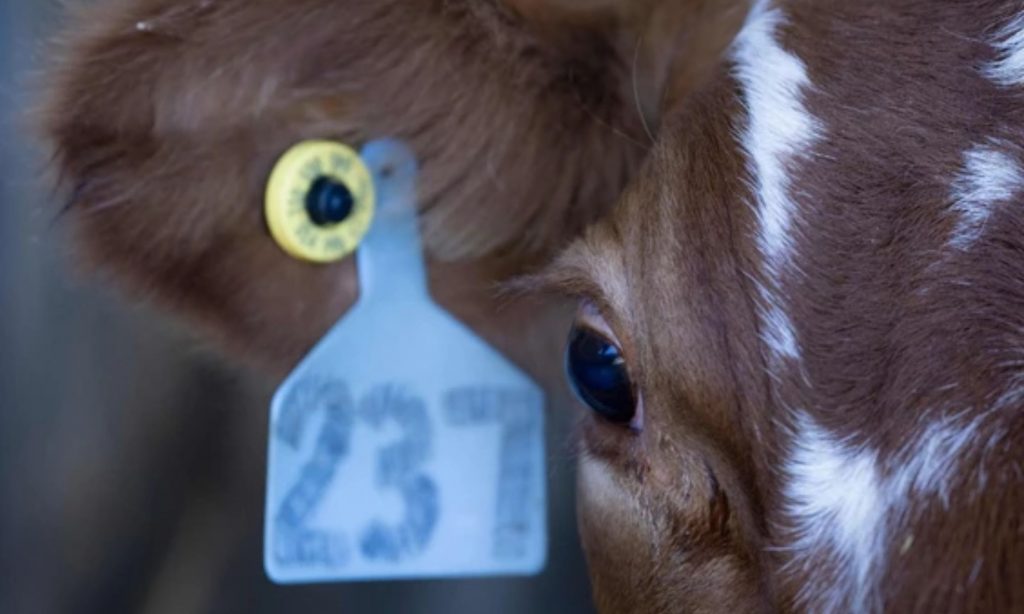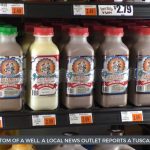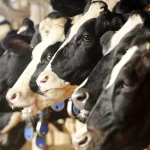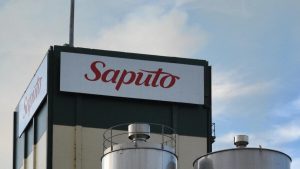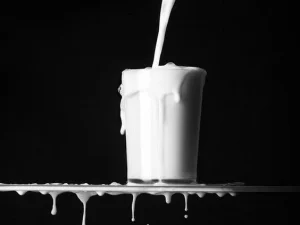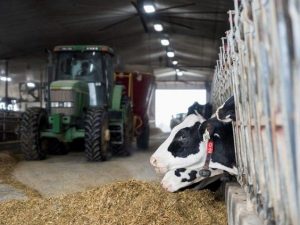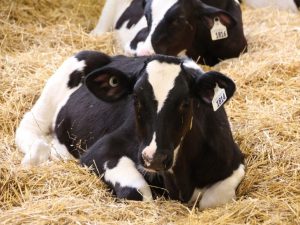
Diesel has an average of 30.8 cents per litre added. The feds add four cents per litre, the provinces add 11.34 cents per litre, carbon tax is 12.33 cents per litre, then add on the HST. Diesel should be cheaper than gasoline at the pumps, right?
Which again brings us to transportation costs. Transport is needed from the farms to the plant (which the farm pays) and, after processing, to the wholesaler and customer, refrigerated all the way over long distances.
Also, as most dairy supplies and farm equipment originate in the U.S. and are paid in Canadian dollars, with an exchange rate of about 74 per cent, it takes a lot more in Canadian currency.
Read also: FARMGATE MILK PRICES EXPECTED TO FALL FURTHER DURING SPRING
